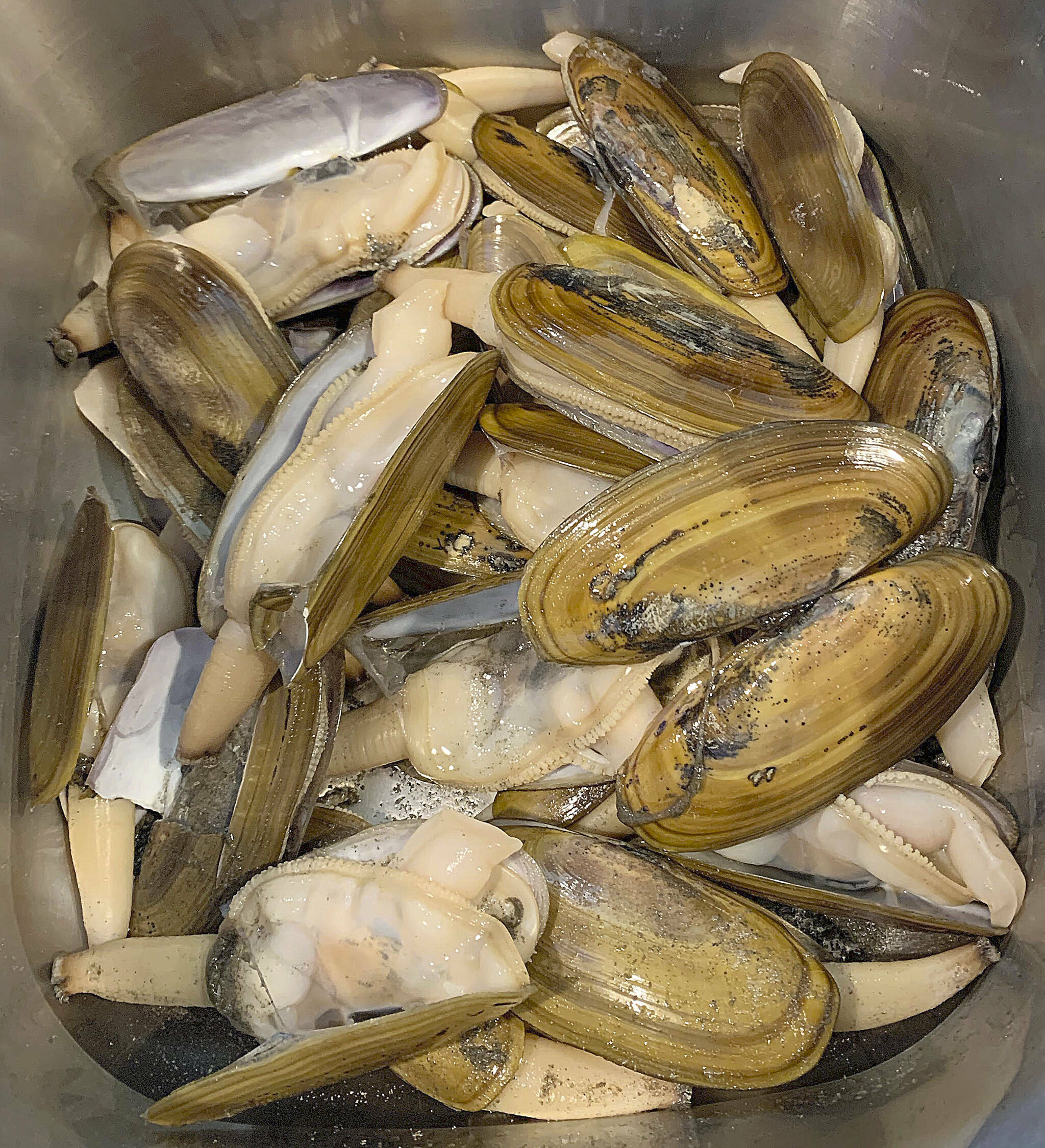Biologists continue to monitor razor clam populations at Olympic National Park
The Daily World
Due to the continued small size of harvestable razor clams on Kalaloch beach, Olympic National Park will not hold a 2022-2023 recreational razor clam harvest season.
Each summer, biologists from Olympic National Park, the Quinault Indian Nation, the Hoh Indian Tribe, and the Washington Department of Fish and Wildlife (WDFW) conduct razor clam stock assessments, according to a press release.
This year’s results showed the number of adult razor clams to be approximately 1.2 million with an average size of 3.4 inches long. However, the population has very few, if any, clams over 4 inches long.
“These results continue a trend at Kalaloch beach over the last decade where new clams successfully recruit to the population, but there is poor adult survivorship to the larger class sizes desirable for a quality harvest,” said Olympic National Park Coastal Ecologist/Limnologist Steve Fradkin.
Research by park biologists and colleagues from the U.S. Geological Survey suggest that poor adult survivorship at Kalaloch may be due to a bacterial gill pathogen, NIX, that plagued razor clams on Washington’s beaches in the 1980s. Virtually all Kalaloch razor clams are infected with NIX, with bacterial loads up to 1 to 2 orders of magnitude higher than other Washington Coast beaches. While potentially deadly to razor clams, NIX is harmless to humans who consume them.
Kalaloch is one of the most visited areas of Olympic National Park, providing camping areas, hiking trails, and places for wildlife viewing. Razor clam harvest at Kalaloch, a traditionally valued recreational activity, has been limited since 2006 due to the poor state of the population.
The last full harvest season was in 2009, with either full or partial harvest closures occurring in 16 of the last 17 years. Prior to 2006, the National Park Service hosted bountiful harvests at Kalaloch.
The national park will continue to consult with the Quinault Indian Nation, the Hoh Indian Tribe and WDFW biologists to assess potential razor clam harvests at Kalaloch in the future.


